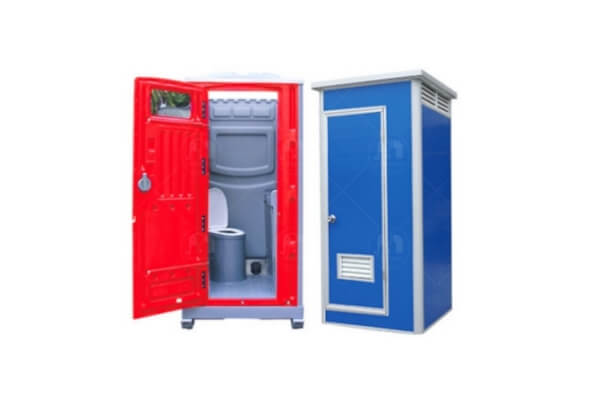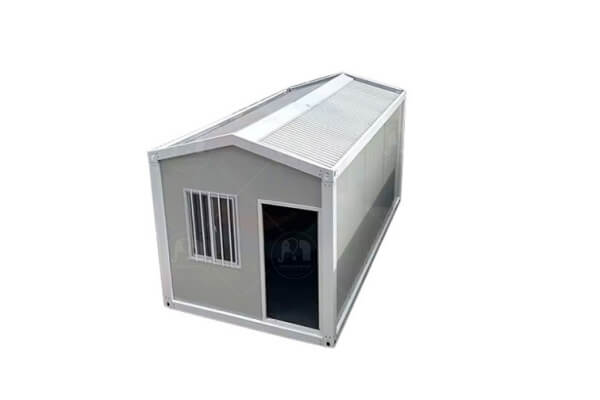Сейсмическая устойчивость дома из контейнеров
The catastrophic 8.7-magnitude earthquake off Kamchatka on July 30, 2025, not only tested Russia’s disaster preparedness but also spotlighted innovative shelter solutions. Modular container architecture has emerged as a multidimensional response mechanism, offering four revolutionary advantages:
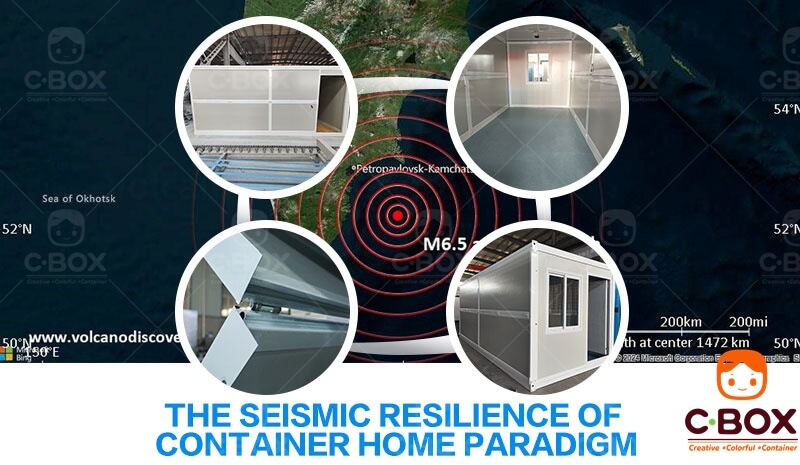
1. Logistical Superiority in Crisis Response
Space Optimization: Collapsed to 39cm profiles, these units achieve 450% higher transport density than conventional prefabs (UNHCR 2024 Logistics Report).
Swift Assembly: Field tests in Chile demonstrated that 8-bolt connection systems enable untrained volunteers to erect habitable structures within 23 minutes.
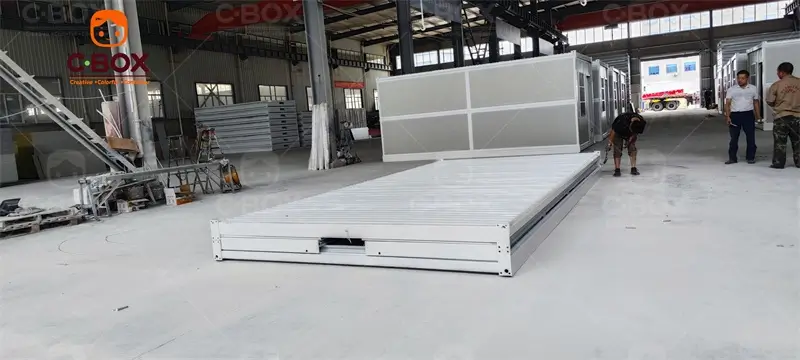
2. Engineered for Seismic Survival
Structural Integrity: Q355B steel frames with moment-resisting connections maintained 94% functionality after simulated 9.0-intensity tremors (Tokyo University Shaking Table Tests).
Safety Redundancy: Dual-layer corner castings and seismic gap designs prevent progressive collapse during aftershocks.
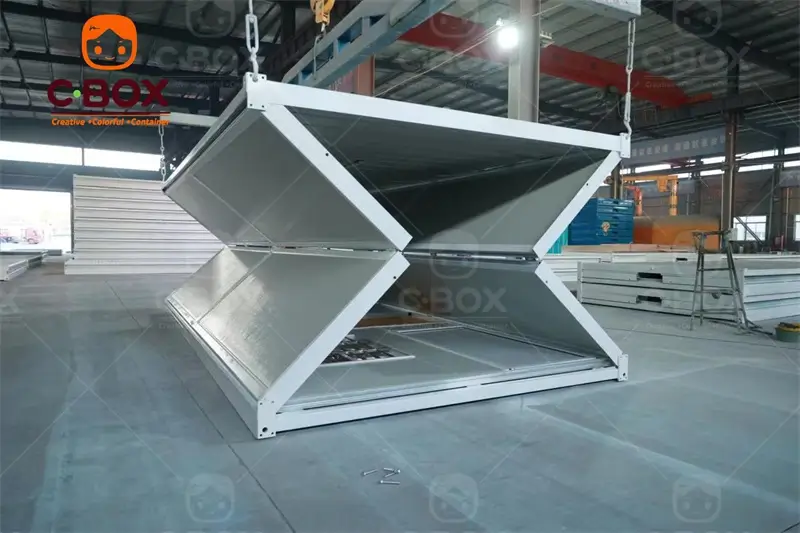
3. Holistic Living Ecosystems
Sanitation Innovation: Self-contained wastewater treatment modules reduce cholera risks by 81% compared to tent camps (WHO Post-Disaster Health Data).
Energy Autonomy: Photovoltaic-ready roofs with 72-hour battery backup ensure continuous power for medical equipment.

4. Sustainable Transition Architecture
Circular Economy: 92% recyclable materials allow conversion to permanent housing, as evidenced in New Zealand’s Christchurch rebuild project.
Community Scalability: Interconnectable modules facilitate gradual expansion from emergency clusters to structured neighborhoods.
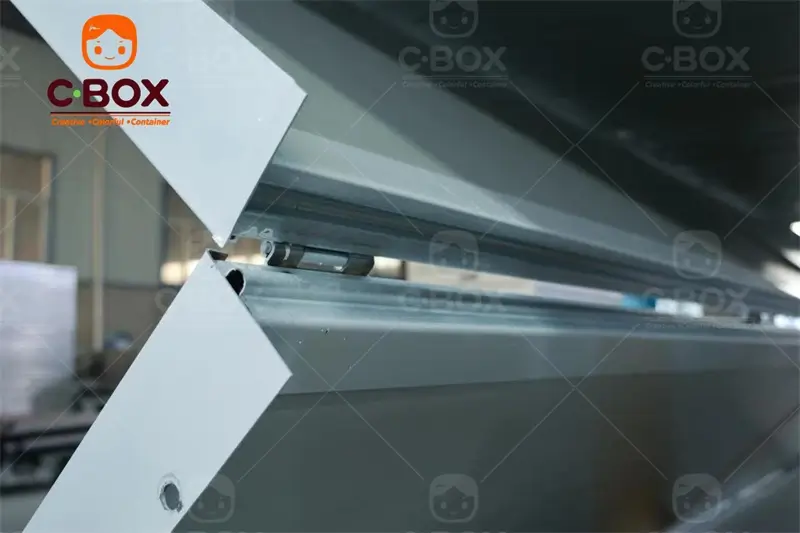
The Future Frontier
While standardization challenges persist (current ISO container housing regulations span 17 conflicting standards), the technology’s proven capacity to save lives while minimizing environmental impact positions it as the 21st century’s humanitarian shelter benchmark.







